Editor :
Est-Nord-Est, résidence d'artistes
Location :
Saint-Jean-Port-Joli
Year :
2022
Language :
French / English
Author :
Véronique Hudon
Artist and author
The artist Jonathan Mayers did not come to Québec by chance: for eight years, he has been conducting research on the mixed origins of the Créole community in Louisiana. After visiting sites in Acadie, Nova Scotia, and New Brunswick related to his cultural roots, he continued his research in Québec.
During his residency, Jonathan created works inspired directly by his experiences in Saint-Jean-Port-Joli and the Québec City region. He mixed written poetry and painting, integrating different natural materials, such as mud and wood; the mud symbolizes the fragile climatic situation in Louisiana, where floods and natural earthquakes are major threats. On pieces of tree bark he wrote short poems in Kouri-Vini,[1] a Louisianan Créole language that he is trying to keep alive through his work. These texts recount simple experiences that marked his residency and address the precarious situation of Kouri-Vini, currently in danger of disappearing.
Another layer of Jonathan’s pictorial work consists of his paintings of natural sites in Louisiana – realistic landscapes, into which he integrates beasts and monsters inspired by the world of fairy tales. Huge vultures perch on a cypress, gigantic dragonflies (called “devil’s riding horses”) haunt the forest: these imaginary beasts representing the forces of nature are brought into the picture to denounce the ecological and human disasters in store for Louisiana. He creates short stories to accompany each painting, creating a mythology anchored in the land. To designate this work, which mixes pictorial art and the art of language, he has invented the term latannyèrizm (which would translate as “Latanierism”).
[1] The Kouri-Vini language borrows from French and also from Wolof, Mandé, Éwé, and other West African languages, as well as Indigenous languages such as Choctaw, from the regions of the Lower Mississippi and the Atchafalaya River basin.
Discover
Newsletter
Keep up to date with the latest news!
Follow us
© 2025 Est-Nord-Est
